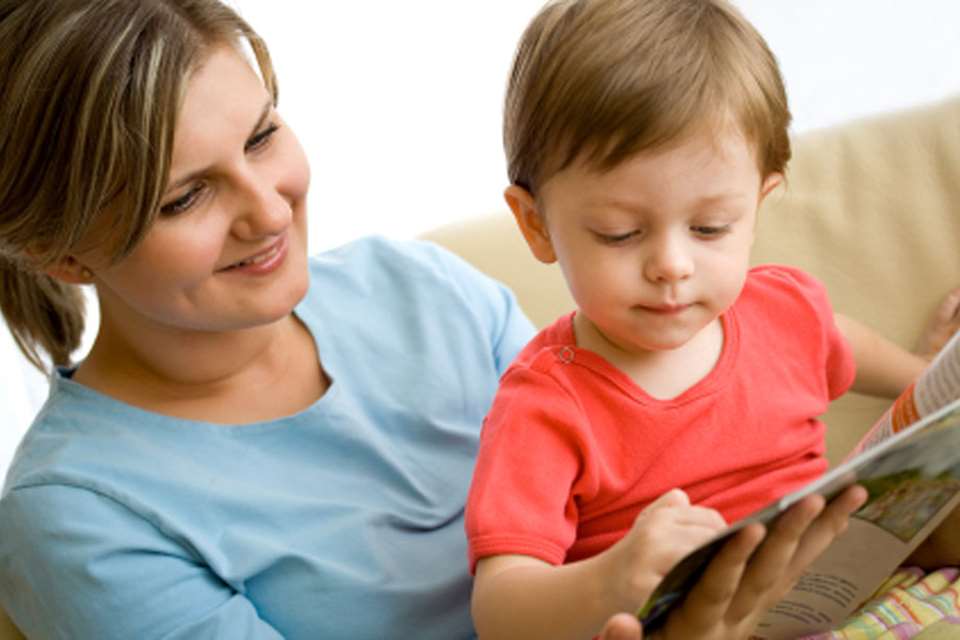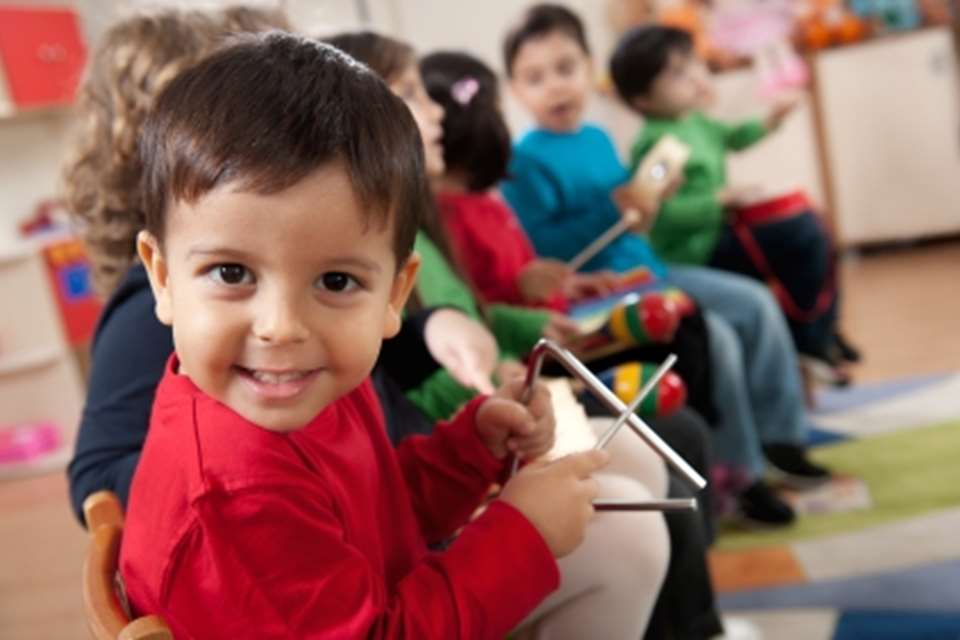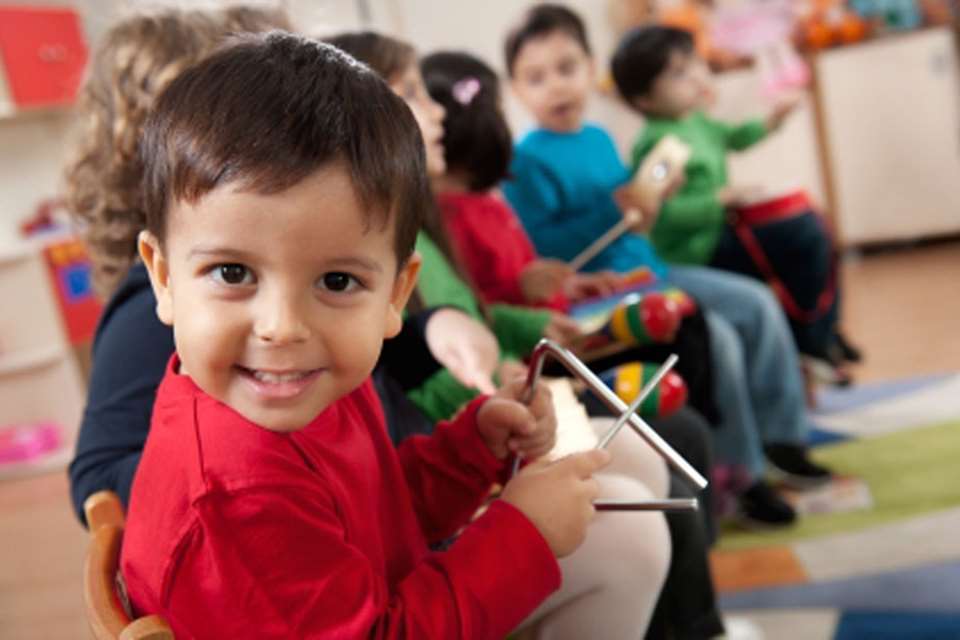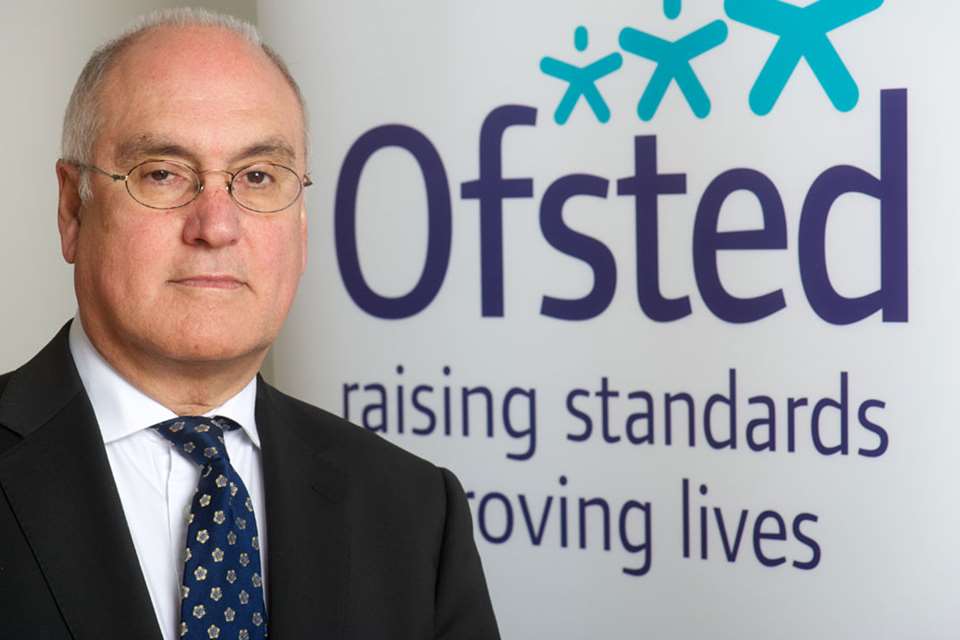Two-year-old places have bridged the gap in early years take-up, shows study
Thursday, July 16, 2015
The Government’s two-year-old offer has closed the gap between the most disadvantaged and advantaged children taking-up early years education, a new report claims.
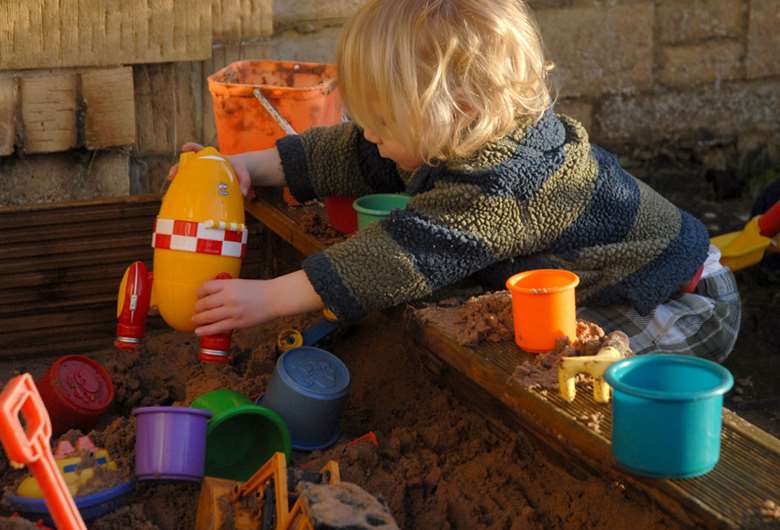
The latest Study of Early Education and Development (SEED) report shows that once children from the most disadvantaged families turned two, they were almost as likely to attend early years settings as their more advantaged peers.
However, it also highlights the low take-up of the two-year-old places.
Twenty per cent of two-year-olds in the poorest households have been eligible for 15 hours of funded early education since September 2013. This was expanded to 40 per cent in September 2014.
According to the report, which is based upon a survey of over 5,600 families, at age two 58 per cent of children from the most disadvantaged families took up a childcare place, compared to 60 per cent of those from moderately disadvantaged and advantaged households.
The baseline survey was carried out from October 2013, just after the first cohort of twos became eligible for a funded place, to November 2014, after 40 per cent of twos became eligible. Most children in the study were two-years-old at the time.
The vast majority of the most disadvantaged families sending their two-year-old to an early years settings were taking up their free place. They were most likely to be using a day nursery, which the authors speculate is because these settings offer more funded places.
Before turning two, these children were least likely to receive formal childcare, says the report, which is part of a Department for Education funded six-year longitudinal study into early years education by NatCen Social Research, the University of Oxford, 4Children and Frontier Economics.
Just seven per cent attended an early years setting before the age of 12 months, compared to 20 per cent of moderately disadvantaged and advantaged children.
Between the ages of one and two, 15 per cent of the most disadvantaged children received formal daycare, as opposed to 36 per cent of their better-off peers.
However, the report also points out that just over half of children from the most disadvantaged families were not receiving free childcare. Of these, 10 per cent were in a paid for place and 48 per cent did not receive any early years education.
While they can't be directly compared, the finding is similiar to that of the Ofsted Early Years Annual Report, which said that as of 31 March 2015 nearly half of all eligible twos (42 per cent) had not taken up their free place.
The main reasons cited by parents for not sending their child to a setting were personal preference, the cost of childcare, availability and being on a waiting list.
Dr Svetlana Speight, research director at NatCen Social Research, said that parents who cited costs as a reason for not using childcare may be unaware of the twos offer or unable to pay for additional hours.
The SEED report also highlights differences in language skills and behavourial development, according to disadvantage.
It found that the most disadvantaged children had less developed language skills and showed lower levels of social and behavourial development than children who were not disadvantaged.
Parents from the most disadvantaged families were also less likely to engage in home-learning activities with their child.
Based upon the survey of families, the 20 per cent most disadvantaged families in England were mainly households where neither parents were in work (82 per cent), or lone parent households (72 per cent).
Of these families, 30 per cent of mothers had no academic qualifications. Just five per cent held a degree, states the report.
Dr Speight added, ‘The SEED baseline report has given us an important insight into the take-up of early years provision. We will continue to follow these families for a number of years to assess the impact of early education on their early lives.’
Childcare and education minister, Sam Gyimah, said, ‘I am pleased that the report recognises the very real benefits of early years education for our youngest children. This is why we offer 15 hours of completely free childcare per week for two-year-olds. And take-up is higher than ever with 166,000 children benefitting.
‘The Government’s offer, alongside the £50 million Early Years Pupil Premium (EYPP), will help ensure children from all backgrounds are ready to make a successful transition to primary school and give them the best start in life.’


